You may have heard the name Winter Stonefly before, but unless you’re digging around in the bottom of a river in the dead of winter, odds are you’ve never actually seen a winter stonefly. These small, aquatic insects spend most of their lives in the water, living along the rocky bottom of well-oxygenated waterways. They’ve cleverly evolved to complete their life cycles in the coldest months of the year, when fish and other predators are sluggish or inactive. Additionally, winter stoneflies possess the supercool ability to overcome the typical freezing point of water, which is 0 degrees Celsius. Quite literally, the scientific term “supercool” refers to the special ability of a liquid to dip below its freezing point without solidifying or becoming a crystal. Scientists speculate that winter stoneflies contain special anti-freeze components in their bodies to help beat the effects of freezing temperatures.
So why the hype about these supercool bugs? Winter stoneflies are extremely sensitive to polluted waters and are widely used as bioindicators of healthy streams. Simply put, these divas just don’t tolerate waterways that may be polluted by chemicals or high loads of sediment, or experience periods of flash floods or drought. When we find stoneflies living in a river, we know conditions are clean and healthy.
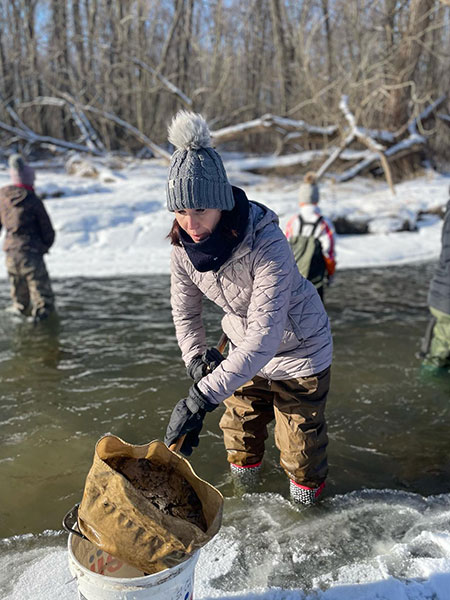
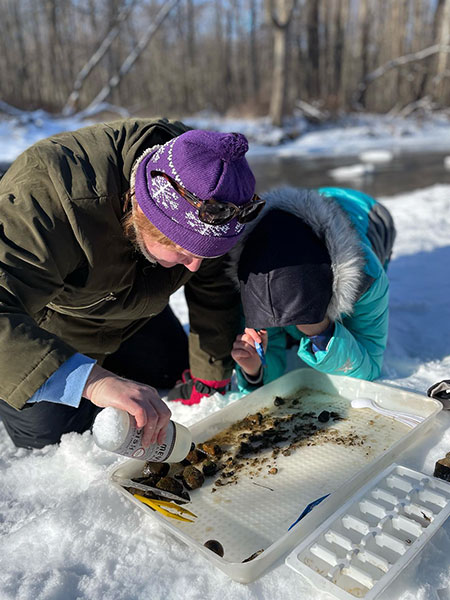
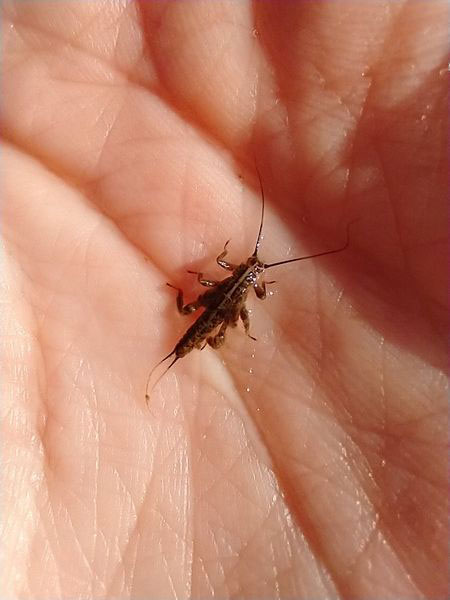
And just exactly how do we find these high maintenance insects? A dedicated team of volunteers known officially as Stream Team will brave the elements on cold days when winter stoneflies are emerging from icy waters as adults to find mates. We don waders and arm ourselves with nets, sometimes breaking through ice to scoop up sediment or leafy debris where stoneflies may be hiding. This matter is then dumped into buckets and transported to large trays on shore, where “pickers” are waiting to sift through the sediment and pick out the tiny stoneflies. Occasionally, we see them walking around on the snow nearby. Stoneflies are counted and released back into the river, while some may be preserved for scientific and education purposes. We record the number of stoneflies found, though the mere presence of them is enough to celebrate. Data collected from monitoring events is analyzed over time for trends and is used to help steer watershed management plans.
Winter Stonefly Search is a fun, adventurous opportunity for citizens to conduct meaningful science that helps monitor the quality of our waterways. Stream Team volunteers are at the heart of this activity, and many begin with nothing more than curiosity and a desire to help protect our local resources. Reach out to Melissa Kivel, Education Manager, at [email protected] to learn more about Stream Team events like the Winter Stonefly Search and how you can join the fun.
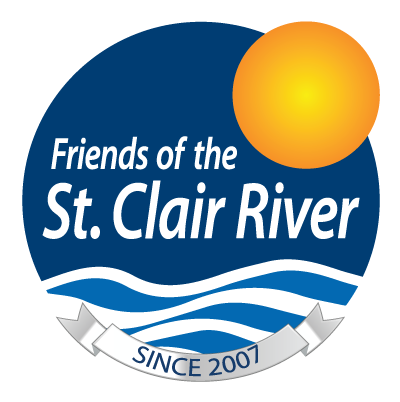
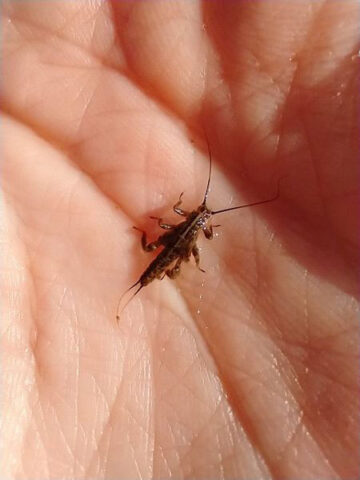
1 Comment
Several years ago I was invited on a larval lake sturgeon rescue prior to a sea lamprey treatment of the Muskegon (Michigan) River. I was stunned to see small insects hatching from the surface of 34 degree water into 28 degree air in pitch darkness. Almost as surprising, the overhanging branches erupted with small bats feeding on those insects. Even people familiar with the river, myself included, were unaware of this happening. Wayne Groesbeck, Vice Chairperson, Muskegon River Watershed Assembly (MRWA).